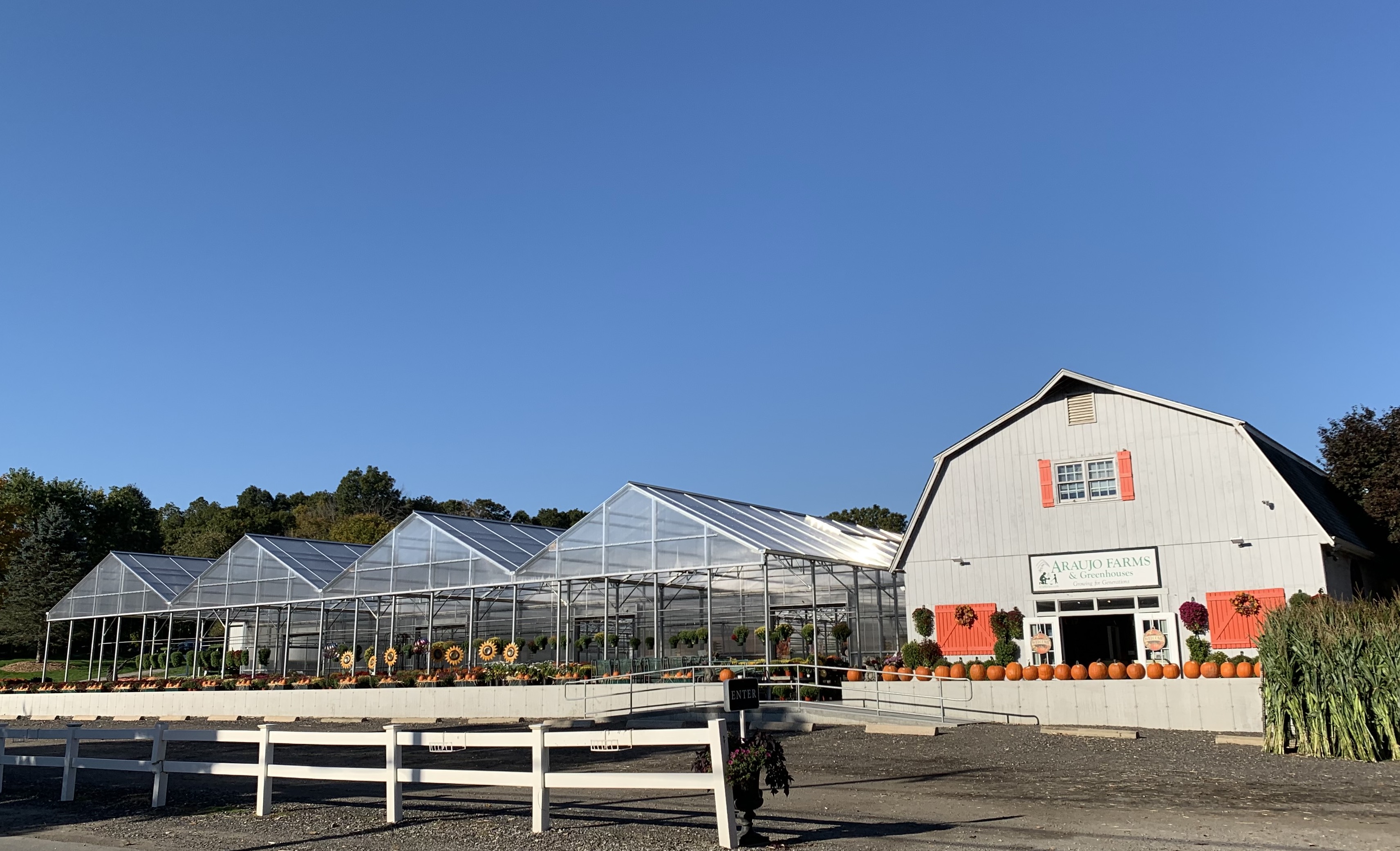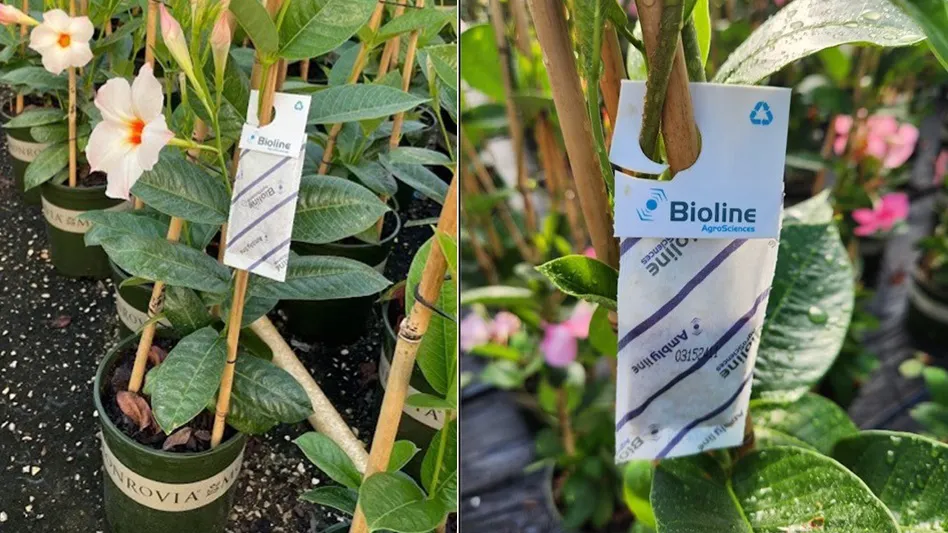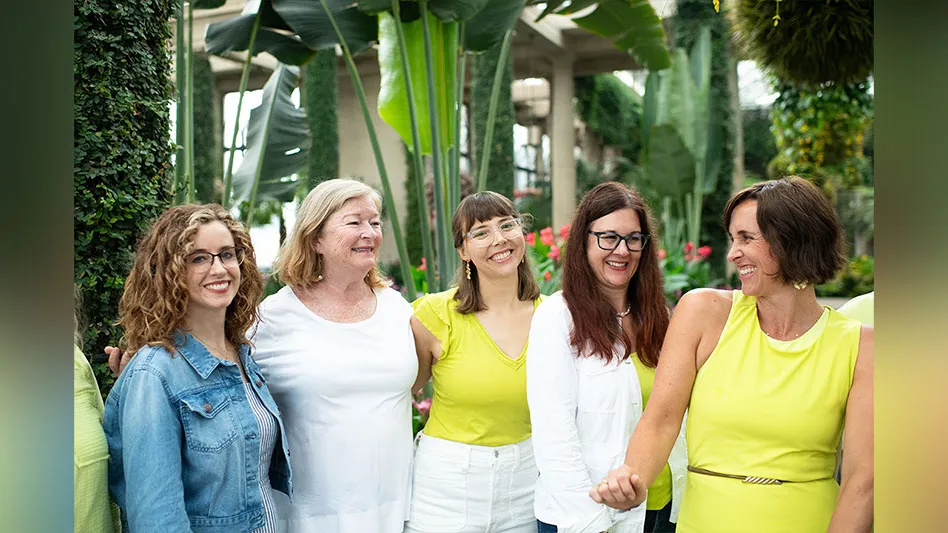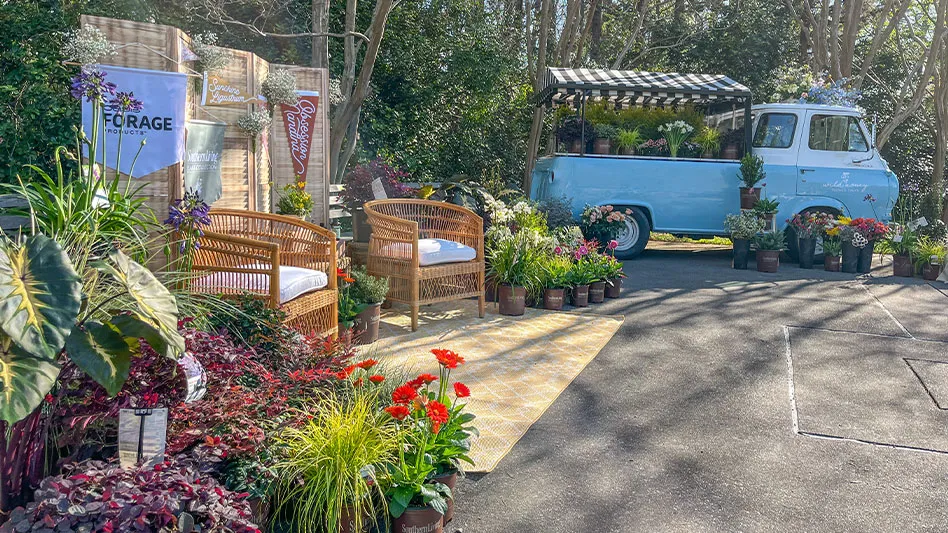
Photos by xMicrovOne | iStock and Judy Sharpton
Editor’s note: This is the second in a four-part series of articles by Judy Sharpton exploring the topic of generational succession and transition. The first can be found here.
Once again using my own experience with maintaining (and finally ending) a business partnership with my husband, I now realize part of what ended our partnership was a disagreement over capital investments in our company.
Essentially, the only real assets our company had were the two of us. We rented office space and relied on outside contractors and vendors for all the products and services we used to produce the graphics we created for our customers.
Then, the technology changed. Almost overnight, the graphic design industry transitioned from mechanical to digital art. We no longer relied on typesetters, film production companies and printing companies to produce the signage, packaging, annual reports or leave-behind sales kits that we designed. We needed not only to purchase computer equipment; we also needed to learn to use that equipment for design. My husband’s sketch pad disappeared; Adobe Illustrator appeared. He wanted me to be the computer art person. He refused to learn any of it.
For me, that impasse led to Growing Places Marketing. For my husband, it led to hiring a person who was weak on design but strong on Adobe Illustrator and Apple, the computer of choice for the graphics community. New equipment demanded additional personnel — and salaries.
Many of my garden center customers have faced the decision to invest in upgrading facilities and equipment. Point-of-sale systems have replaced analog cash registers (or even order pads for some stores). Gutter connect greenhouses with automatic shade systems and concrete floors have been built to meet the expectations of a consumer who wants to shop in the heels she wore to work. Bathrooms have been upgraded — or installed for the first time. The impetus — and the funds — for these consumer-driven improvements have not always come easily.
Perhaps one of the most impactful innovations for garden centers was the transition from selling off the ground to elevating product on benches — that small nod to the consumer’s unwillingness to bend over.
All of these facilities upgrades cost money. The biggest impact on these outlay of funds however was often not the availability of funds but a stable family environment to allow multiple generations to devote the energy to these time-consuming projects while still maintaining a viable and profitable selling environment. The store had to stay open during construction projects and while the staff learned to use the new registers.
Family dynamics often affect facilities improvements in a multigenerational family business in ways Home Depot never encounters. One of the garden centers I interviewed for this project had been poised a number of years ago to build a new retail facility. I was part of the team working on this project when divorce stopped the entire project in its tracks. It would be several years until the construction project actually got under way. It was the tragedy of the divorce that stopped the project, not the availability of funds. For another customer, a cancer diagnosis ended the renovation project.
Another garden center who contributed to this research admitted that having multiple divisions needing funding from the single family kitty often led to controversy. When the retail division needs a new gutter connect greenhouse to meet consumer demands for a better shopping environment and the landscape division needs a bigger office building to accommodate both staff and customers, the conversations can become heated. This kind of controversy can sometimes be turned to a positive incentive: the division that earns more gets more investment.


 Investing in an existing if run-down nursery led to some difficult questions.
Investing in an existing if run-down nursery led to some difficult questions.Sometimes, capital improvements come as a surprise. When one of the companies who contributed to this article acquired the rundown facilities of an existing nursery, they were able to bring the site into the 20th century over a 10-year period. But their success revealed an unexpected problem: existing parking proved totally inadequate for the renovated business.
To access adequate parking on the site, they faced turning the entire store around 180 degrees and moving the cash registers. After much internal discussion on the merits of this move, they agreed on a maximum budget for this project of $50,000.
They may not be able to accomplish the change within this budget. The controversy is likely to continue. These kinds of capital investments often lead to questions of opening a second site or abandoning the existing site for a completely different location. You can imagine how heated and protracted those conversations can be, often disrupting Thanksgiving dinner for several years. Because this family entered into this business with both first and second generations participating from the beginning, the family believes the controversies have been less pronounced.
An underlying theme of many facilities upgrades in multigenerational garden center businesses is the transition from growing plants to selling plants. Unlike our retail counterparts in Europe, the majority of American garden centers started as growing operations developed on traditional family farms, often selling plants from a roadside stand.
Perhaps the most ubiquitous sentence I have heard in my 25 years in this industry is from the multigenerational garden center owner who says, “We never knew we’d get this big.” Growth of the ornamental horticulture sector and changes in consumer expectations have driven garden centers that were built to maximize growing space to factor in space for the customer.
On a practical level, the driving force in facilities upgrades has been the recognition of the customer’s need for space. The previous generation, however, does not always see the customer’s needs as a priority; the plants are the priority.
The reasons for this are myriad. The first generation started the business by growing plants. Customers simply showed up and bought them. In the post-big box and online sales era, customers may not always show up to buy. Or, as with the issue of the parking lot outlined above, the customer may try to show, but if they fail to find a place to park, they may go down the road to the competition.
 With good planning and communication, solutions for capital investments can be found.
With good planning and communication, solutions for capital investments can be found.
One garden center that contributed to this project has been in business for 62 years. In 2023, they invested more in their facility (both growing and retail) than in any previous years. They are glad the major expenditures are behind them and that grant money was available to offset some of the costs.
And the first generation recognizes (often after repeated nudges from the second generation) that efficiencies are worth the money. Sometimes, the first generation resists this fact, relying on that other famous sentence: “This is how we’ve always done it."
In general, family-owned garden centers take one of two roads toward facilities improvements: revamping existing structures with more customer comforts like wider aisles and improved walking surfaces that accommodate carts, or all new structures on concrete.
All of the participants in this project fit into one of these two categories, with renovations and new build projects spread over time for budget purposes. None of the participants expressed any buyer’s remorse over their facilities investments, and all outlined plans for additional, albeit more modest, improvements.
Another common thread in this group: They regretted not getting outside help from industry experts sooner. Several cited individual consultants, vendor support and membership in The Garden Center Group as mechanisms in their successful growth.
Having your own generational transfer issues? Contact me to share your experiences at Judy@growingplaces.com.





